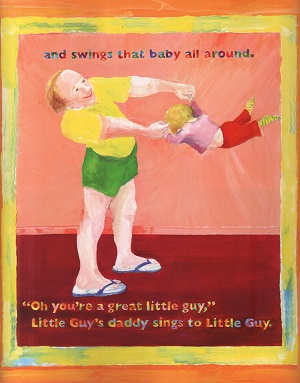

This approach, although not intended to be harmful, may send the negative message to children of color that their teachers do not recognize or feel comfortable acknowledging a salient and influential part of their identity: their race.

This feeling of trust is crucial because it sets the stage for Yasmin to engage freely in exploration and learning.Īddressing race in early education classroomsĮarly childhood educators are well versed in the importance of building relationships with children of diverse backgrounds, but many try to do so using a color-blind approach-that is, they do not directly talk about race or race-related experiences (Husband 2012). Moments like this help convey to Yasmin that she is accepted in this classroom and can safely build a strong relationship with her teacher. Yasmin not only expresses aspects of her racial and cultural identity through her play, but she also takes pride in sharing them with others.

When her teacher intentionally participates in this play and follows up with a book about it, she is sending the message to Yasmin and her peers that this classroom is a place where all children-no matter their culture or ethnicity-can feel comfortable being themselves. In the preschool classroom in the vignette, Yasmin sees others engaging happily in a familiar routine that is part of her family life. Showing children that we see and value all aspects of them-including attributes related to race and culture-is a critical step in helping them feel welcome and connected to their teachers and peers. She asks the children whether they have noticed that differences in their hair are related to differences in their races and ethnicities. Cindy reiterates that children have different types of hair and there are different ways adults care for children’s hair, but these actions all show love. Children share their experiences: “My mother washes my hair every night and dries it with the little blue towel,” says Tatiana “I sit on a chair in the backyard while my grandpa shaves my head,” states Delavan. Cindy reads aloud I Love My Hair (Tarpley 2001) and talks with the children about the things adults do to help childrentake care of their hair. Thinking about how carefully her mother brushes her hair, Yasmin picks up a plastic banana and tells another child, “My baby likes this brush because it is the softest.” Recognizing this familiar scenario, Yasmin picks up a doll anddeclares, “I’m Auntie Doreen.” She sits down to join the play. Cindy and Alexis take turns choosing beads to put in the dolls’ braids. Cindy, who is White, and her friend Alexis, who is Black, are sitting on the floor, talking and braiding the dolls’ hair. Four-year-old Yasmin, who is Black, walks into the dramatic play area, enjoying the sound of the beads in her braids clicking to the rhythm of her steps.


 0 kommentar(er)
0 kommentar(er)
